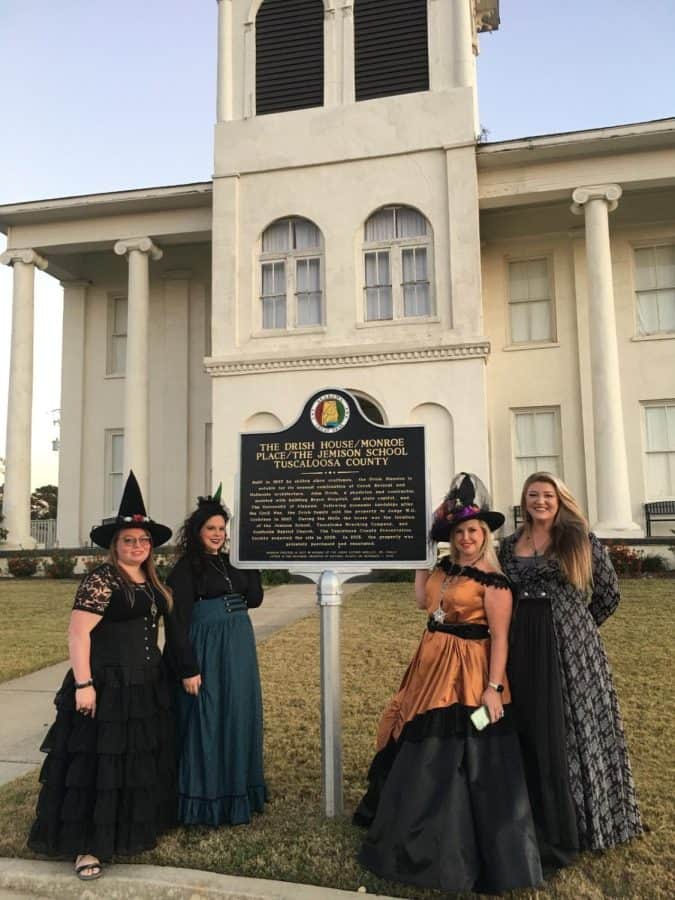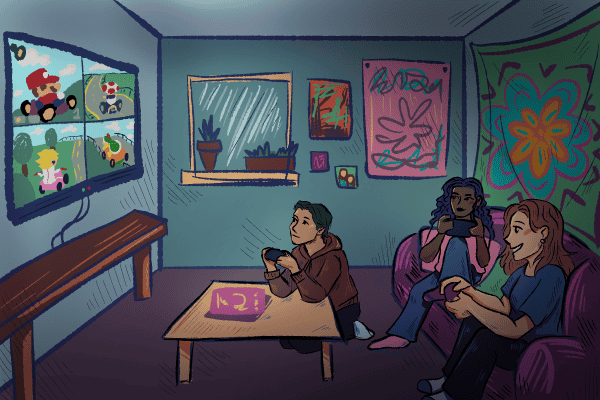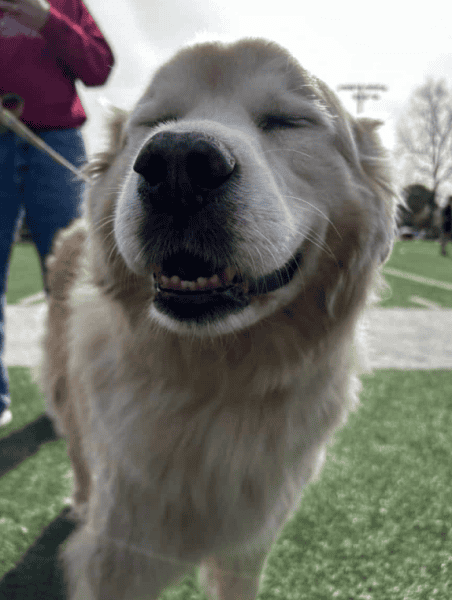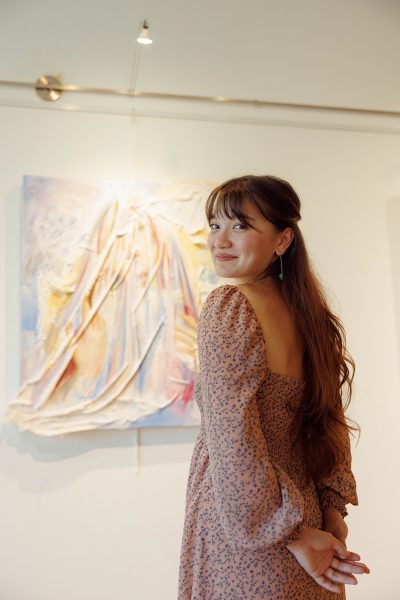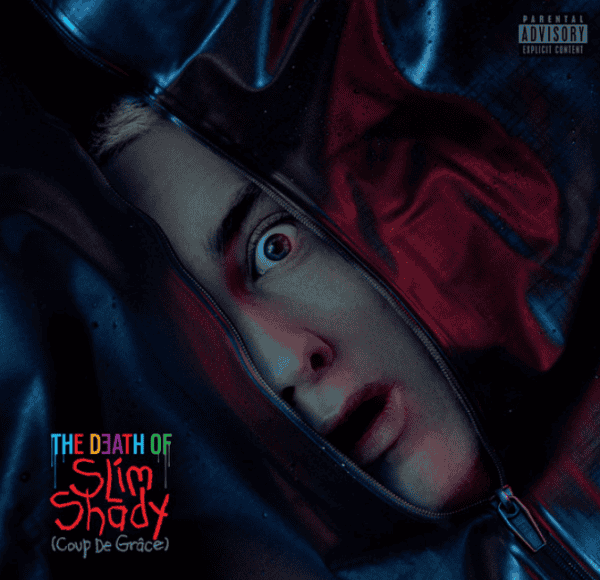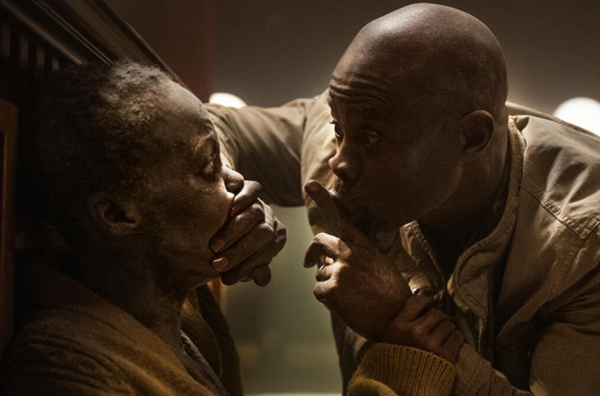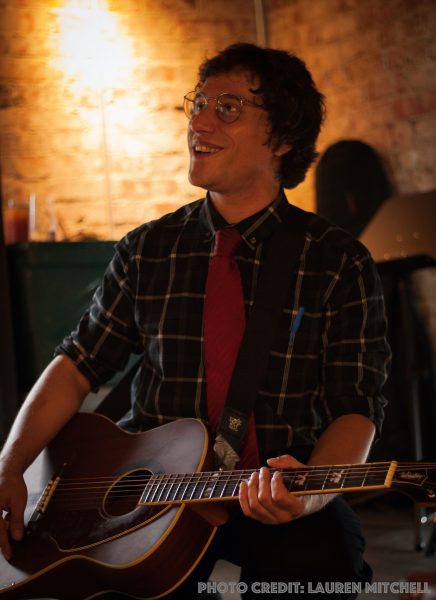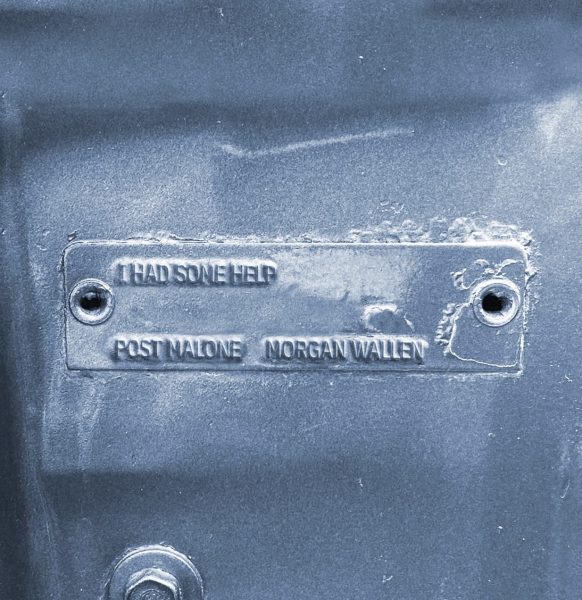‘The history leaves an imprint on the land’: The ghosts of Tuscaloosa past
October 30, 2022
When he built it in 1837, John R. Drish had no clue that his new home in Tuscaloosa would one day become a school, or a church, or a warehouse for a car shop.
Least of all, Drish certainly never imagined that his home would become the most haunted place in the city, let alone one of the most haunted in the state of Alabama.
Drish, or what remains of him, might know now. Lesley Ann Hyde, a ghost hunter with the Southern Ghost Girls, said that he still walks the stairs he reportedly died on 155 years ago.
From the infamous Drish House to the Marian Gallaway Theater in Rowand-Johnson Hall, Tuscaloosa has a number of reportedly haunted locations rich with stories to keep even the most experienced ghost hunters up at night. Though ghost hunters in the area, such as Tuscaloosa Paranormal Research Group and The Southern Ghost Girls, have caught evidence of spirits clinging to places in the afterlife, they both agree that the history of the land is the most pertinent element of what makes a location “haunted.”
The Drish House, which visitors and ghost hunters alike say is extremely active, once belonged to the titular John R. Drish. Hyde said Drish was known among locals as a man with a well-known gambling and drinking problem — and that this directly led to his fatal fall down the stairs of his house in 1867.
His wife, Sarah Owen McKinney, obsessed over planning the perfect funeral. Hyde said she saved the candles used in his funeral and told her family that she wished to use them in her funeral when the day eventually came. McKinney’s family never found the candles, and some assume that the supernatural activity on the property is her doing because she is angry that she did not get her dying wish.
Reported supernatural activity around the property includes whispers, footsteps on the stairs, blinds moving on their own, tapping and most famously, “fire” on the third floor of the tower that is inaccessible to visitors because the stairs do not connect to it.
Hyde, whose group, The Southern Ghost Girls, conducts ghost hunting tours of historical “haunted” properties in period-appropriate clothing, said that this location is one of the most active their group has seen in Tuscaloosa.
“Funerals were held here, and Dr. Drish supposedly died on the stairs,” Hyde said. “There’s all kinds of energy that I literally feel imprinted on the home.”
One of her group members, Makayla Neighbors, said that in a recent investigation of the house, she was pushed down the stairs after she heard footsteps.
“I touched that last stair at the bottom, I know my foot hit it,” Neighbors said. “The next thing I knew, I was in the air and on my knees. We even asked later with our equipment if I was pushed, and we got a ‘Yes.’”
The Drish House changed ownership multiple times after McKinney died, and at one point in its history, it was a Baptist church. The previous site of the baptismal font is also another active part of the house — Hyde said all types of her team’s equipment is very responsive to that part of the house.
Another hot spot of activity includes the top floor of the tower of the Drish house. Hyde said “911 is constantly called to the house because they think it’s on fire,” but no fires have actually happened on the property. Locals theorize that the “fires” reported are actually just the ghost of McKinney lighting the candles she obsessed over for her husband’s funeral.
A few miles away from The Drish House, and technically in Northport, lies Old Bryce Hospital. While it was previously a psychiatric hospital, it is now an old, decrepit building rife with overgrown vegetation, dust, graffiti and according to some, ghosts.
The location, which has been abandoned since 1977, supposedly has an “oppressive” atmosphere.
When it was founded in 1859, it was considered a state-of-the-art institution in terms of psychiatric care. The hospital operated for years before a landmark court case in 1970, Wyatt v. Stickney, called into question the treatment of patients and set off a domino effect of mental health care reform.
Part of this was the fact that the hospital used patients as a source of free labor. The government cut funding for the hospital in the first few years of its operation, and to support the hospital, Peter Bryce — the person the location now draws its name from — implemented a system in which they sold patient-made goods.
Visitors on internet forums report a range of experiences, from disembodied voices, screams and footsteps to more aggressive things like hair tugging.
David Higdon, founder of The Tuscaloosa Paranormal Research Group, has done many investigations into the location.
“Gosh, I could spend all day talking about the hospital,” Higdon said. “I’ve gotten multiple electronic voice phenomena of a British lady talking and doors slammed in front of me.”
Higdon said that not every old building is haunted, though.
“I’ve been in tons of old buildings where there’s nothing there,” Higdon said. “I think the important thing is the history of the land. The most active places I’ve seen are always hospitals and Civil War sites— something about their history just leaves an imprint on the place.”
As far as on-campus haunts go, ghosts are said to mill about in many quintessential locations, from Rowand Johnson Hall to Gorgas Library.
The ghosts of the University’s campus are said to be generally benevolent, if not a bit mischievous.
Rowand Johnson’s Marian Gallaway Theatre is allegedly haunted by Marian Gallaway, a UA theatre professor from 1948 to 1973, herself.
Marissa Councill, a senior majoring in theater with a concentration in design and technical production, said the theater department welcomes the ghost of the former theater director more than they fear her.
“Marian is kind of our friend,” Councill said. “She makes her presence very known through sounds and lights. She loves to hang out with the stage managers after everyone has left at night. She’s pretty chill, but she loves to mess with us sometimes.”
Smith Hall, which holds the Alabama Museum of Natural History, is also reportedly haunted by the ghost of state geologist Eugene Allan Smith, the namesake of the building, who has been dead for nearly a century.
Visitors have reported hearing ghostly lectures at night, footsteps and even the sound of Smith’s carriage, complete with creaking wheels and neighing horses.
The list of ghost stories on campus goes on and on — the elevator of Gorgas Library stopping on the fourth floor, which the elevator is programmed to skip, supposedly because the ghost of Amelia is checking to be sure everything is in order; the sound of ghostly gunshots ebbing into the present day from a duel that took place in the 1870s; the groans sounding from The Roundhouse which served as a Civil War cadet guardhouse — and many people are content to dismiss them as such.
However, if The University of Alabama is where legends are made, it’s no leap of logic to assume they never quite die, either.

